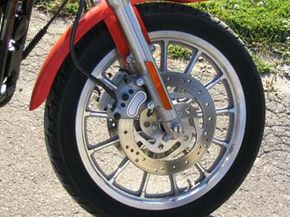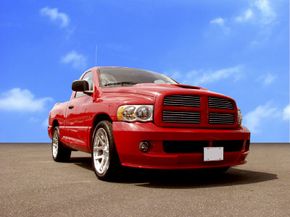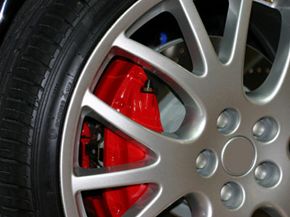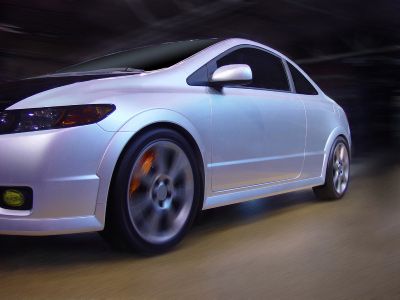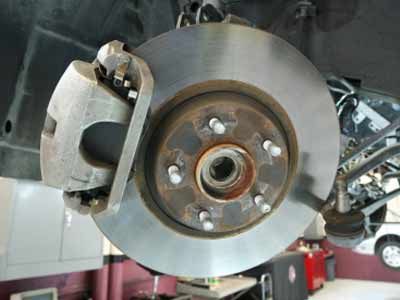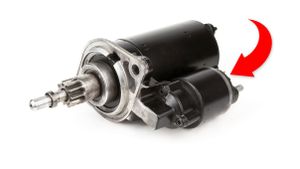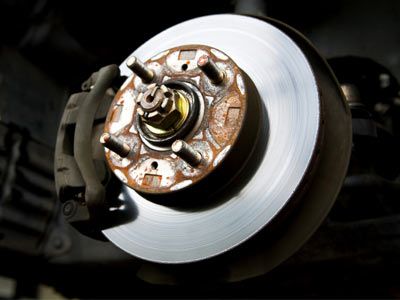Brake pads don't last forever. Every time the pads in a disc brake system come in contact with the spinning rotor, they wear down a little. Gradually, these brake parts (the pads) become thinner and thinner. To compensate for this, the piston in the caliper emerges from the hollow cylinder where it resides inside the caliper. As it does so, it pushes the worn-down brake pads further and further inward toward the rotor.
Eventually, the brake pads will need to be replaced with fresh, unworn pads. Unfortunately, the caliper piston (which is now nearly fully extended) makes it difficult to remove and replace the pads. The piston needs to be pushed back into the caliper.
How to Push Back Fixed Calipers
This is where special brake pad tools come in. The job of a brake caliper tool is to retract the piston or pistons back into the caliper so that the brake pads can be easily removed and replaced. The piston can't simply be pushed back into the caliper because it's threaded, like a screw, and needs to be wound back in.
While it is possible to use, say, a pair of pliers to do this, it isn't recommended. You can damage the piston, the caliper and your hands, too. The brake caliper tool typically fits over the piston at one end and has a handle at the opposite end that allows it to be rotated. As it rotates, the piston is wound back into the caliper.
How to Push Back Floating Calipers
Floating calipers also need to be serviced if the pins that they slide on begin to stick. This is usually caused by dirt or rust. When this happens, the caliper cannot fully retract the brake pad from the rotor and friction continues, even when the brake pedal isn't being pushed. This can cause excessive wear on the pad, inefficiency in fuel use, and even warping of the rotor if enough heat builds up.
Up to this point, the description we've given of a brake caliper doesn't fully describe all models. In the following pages we'll look at more specialized types of calipers and see how they differ from the more common types.


